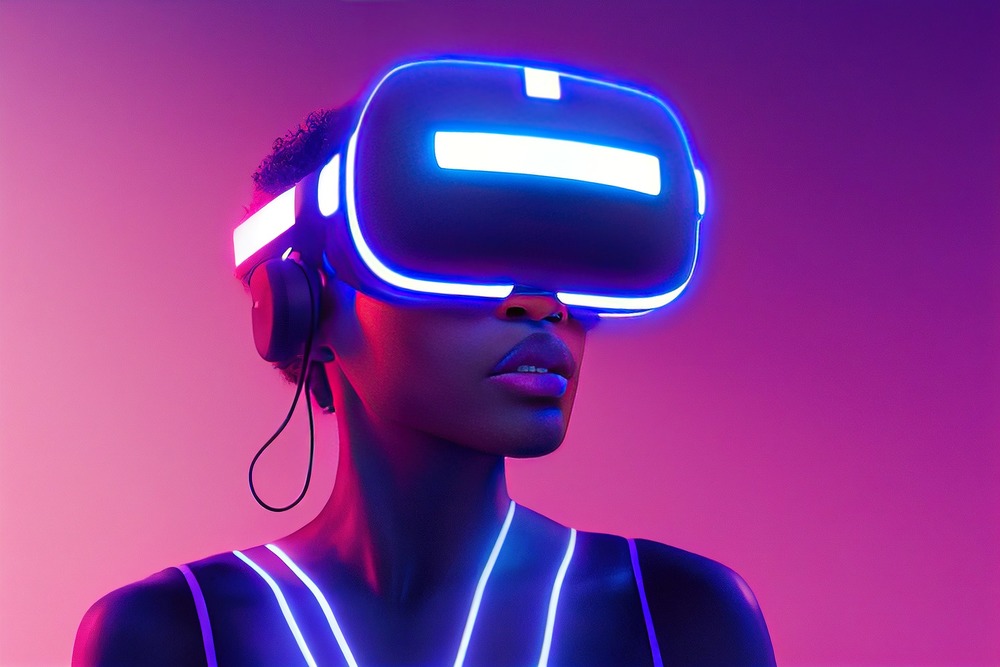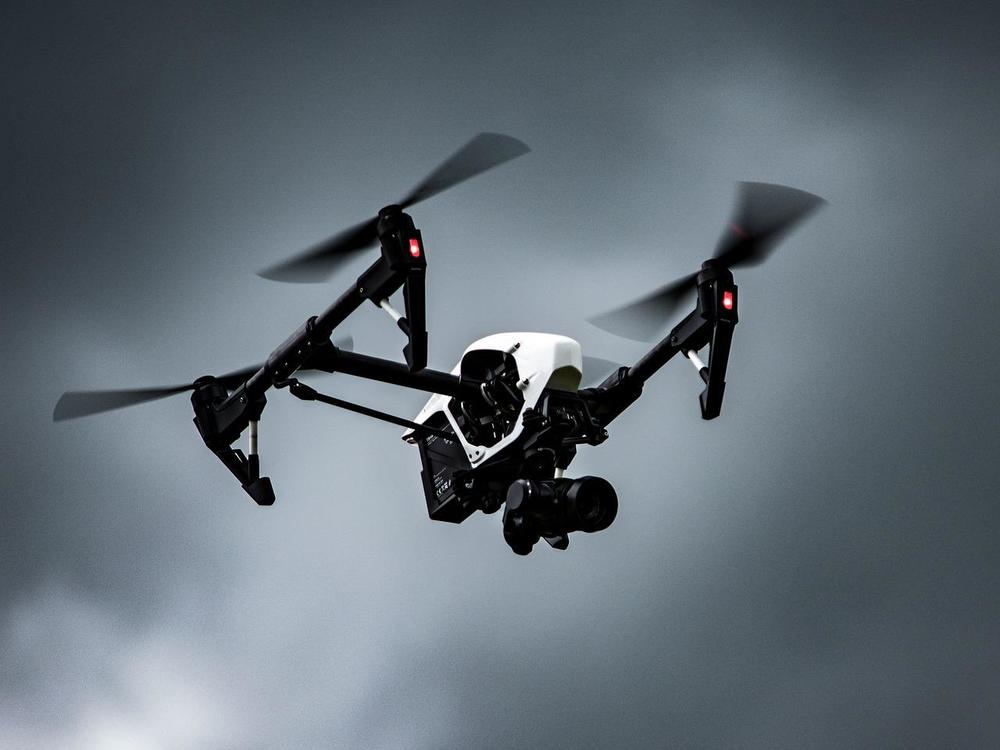It might seem daunting, time consuming & prohibitive for smaller practices, to implement BIM. Not with Driving Vision!
This article is part of a blog series on what smart cites are and what services they provide.
By using technology and data analysis, Smart Cities can enhance their operations, boost productivity, maximize economic growth, and most importantly raise their citizens’ quality of life. Smart City governments should be more interested in how and why they need technology if they want to be successful.

Secure Wi-Fi, internet connectivity, mobile devices, and Internet of Things are essential elements to transform traditional city life.
IoT had a great impact on the development of cities by revolutionizing the way we live.
The use of massive volumes of IoT devices and sensors in the smart city concept, helped the municipalities to monitor, expand, and control every aspect of city operations and functionalities. Managing the volume and interconnection of these devices is a challenge. The scope of the deployment is:
IoT devices help to automate mundane tasks to solve public safety, traffic, and environmental issues.
Examples of IoT networks delivering effective public services are as follows:
Better traffic management
Large-scale urbanization and a developing population forced municipalities to find solutions, using the IoT, for heavy traffic congestion and increasing road accidents to:
Smart transportation
Improved traffic management implies more connected vehicles and better smart transportation means.
Statista projections show that by 2025, globally there will be over 400 million connected cars in operation, up from some 237 million in 2021.

Smart cities with huge networks of IoT devices will gather enormous amounts of data, which will require processing. Using Artificial Intelligence is helping Smart Cities to:
Smart City solutions powered by AI can:
A lot of data is collected by municipalities from:
It would be difficult, if not impossible, for any individual to make sense of the intelligence collected on their own. With the help of AI, it becomes easier to connect, decipher, and assess data.
AI has the potential to absorb and analyze an enormous amount of information coming from various sources. The analysis will allow the municipality to:
Let's go over some potential use of AI in smart cities:
Transport systems
To avoid congestion, Smart Cities can use AI combined with traffic lights and sensor systems to:
Energy consumption
Data collected are interpreted to monitor and assess the energy consumed by businesses and citizens to:
Public safety
To prevent crime and save lives, AI can take advantage of sensors and camera networks used for traffic monitoring.
For example, analysis of vehicle license plates can help to:
Sustainability
AI and machine learning can be used to control pollution, energy consumption, and improve decisions for the environment and the transport system.
Smart Cities using AI applications can increase their productivity, efficiency, safety, and economic interest.

The use of digital twins, combined with the Internet of Things, artificial intelligence, extended reality, and the cloud is helping governments and cities around the world to:
With a digital twin, authorities can simulate a system or a process to predict outcomes they may have in the real world. They can, for example, simulate the sending traffic alerts to cars to predict how drivers will react.
Digital Twin collecting data from sensors and other sources in the physical world and inputting them into a computer create a twin model of the real-world construction that can be manipulated and analyzed in real-time.
For example, in Orlando, Florida, they created a digital twin, revealed in October 2022. The digital twin, using various data sets, allows all stakeholders of the city- businesses, local governments, and nonprofits to visualize how planned changes will impact the region. The model is critical to configure the economic development strategies of Orlando.
The city partnered with Unity, a software development company, to bring the project to life. Executives in the city’s economic sector hope that it will help develop flexible solutions to reduce the emission of carbon dioxide, review its infrastructure, and Smart City expansion.
The Digital Twin functionalities will be:
Other cities’ digital twin applications have normally been less ambitious, only working across smaller areas.
Digital twin technology creates opportunities, at government levels, to:

Augmented reality and virtual reality, called immersive technology help Smart Cities to improve residents' lives and city management decision-making.
Virtual Reality immerses users into an interactive and digital environment. Augmented Reality (AR) superimposes digital content into a physical world.
AR tools can provide the best assistance, but we still do not have a pair of AR glasses, at an affordable price, to make their adoption a reality.
Immersive technology usage in smart cities is discussed below.
The next generation of glasses will probably be an extension of our smartphones. The next steps will see AR glasses removing the need for the smartphone.
AR applications will certainly be able to address some of the following issues for Smart Cities:
Navigation
Navigation apps today are important tools for commuters in urban cities. We use our smartphone navigation app to find the quickest, most available route to go where we want. Watching the smartphone screen is inconvenient and unsafe.
AR navigation can use the phone to:
Disaster feedback
First responders in a disaster zone need to be as efficient as possible. They should be able to:
In a flood situation, for instance, AR will be able to help guide the rescue officers quickly and safely to the destination reducing the risks.
AR could also be used to train rescue officers with interactive visual effects, helping them to experience real threats.
VR, a technology that immerses users into an digital world, giving them an impression of reality, has the following potential uses in smart cities:
Urban planning
Building new structures or infrastructures in a Smart City means incorporating in the BIM execution plans to include objects such as sensors, cameras, and actuators that enable movement to:
Smart Cities require extensive work from city planners and structural engineers before the construction starts.
The combination of VR and BIM models allows city planners to verify that the unbuilt model will conform to the municipality's structural constraints and space. The engineers can make adjustments in the digital model if needed, to avoid costly reworks to the model, whilst constructed.
The combination of affordable hardware, internet connectivity, AR, and VR can help convert town plans into reality and revolutionize residents’ lifestyles.

Robots are required to do mundane tasks that humans do not want to do, like jobs that are dangerous.
This issue is easily overcome. Robots' ROI is high as robots are very cost-effective. They:
Smart Cities’ robots are designed to:
By the 2030s, expect to see robot-powered vehicles in Smart City infrastructure. E-vehicles will be available on demand and environmentally friendly and self-driving cars will be the norm.

As drones become safer and more sophisticated, smart cities will be adopting their use.
Smart City planners’ main task is to increase connectivity between citizens and services. Using drones would certainly help them achieve these goals, but it is often illegal. The drone industry is working actively with drone lawmakers, designing new laws and frameworks for Smart Cities.
The key questions are:
Safety and security
Drones can help municipalities with:
Delivery
Drones in smart cities are able to:
Infrastructure and planning
Monitoring the development of new buildings, and inspecting old infrastructures, are tasks that could be performed by drones very soon. They will:
Drones will play a vital role in modernizing cities and in the emergence of smart cities today!

The EU has been proactive in growing smart cities throughout Europe. It encouraged its member nations by allocating funds to smooth their implementation.
The US needs to accelerate the development of Smart Cities. It is one of the most urbanized regions in the world, but most Smart City development is only related to public safety and traffic. There is still a lot of potential to develop other solutions.
In Asia, countries like South Korea and China already use IoT-powered smart city solutions to help reduce traffic congestion and CO2 emissions.
Smart Cities' ultimate goals are to provide:
Governments, urban planners, engineers, and architects are collaboratively strategizing and leveraging new digital technologies.
Driving Vision's BIM technology appraisal diagnostic looks at the best way to insert new technology in your workflows and how to move your organization to cloud computing so you can open up new possibilities for your daily planning tasks and make sure your data never leaves the optimally secured data center.
The technology appraisal report will help you to explore what investment is required to improve your projects’ productivity and collaboration, as well as the ROI you can expect.
A Driving Vision expert will conduct the interviews online and will issue a report and discuss our findings with you and how to implement the solutions, at your pace and according to your budget.
Implementing BIM can be daunting, but Driving Vision is here to help you at the pace you are comfortable with. Get started by getting in touch now
Of practices using BIM made positive ROI
Of practices using BIM improved health and safety
Of practices using BIM decreased errors and omission
Of practices using BIM enhanced their practice image
Of practices using BIM claimed less litigations
Of practices using BIM reduced rework
It might seem daunting, time consuming & prohibitive for smaller practices, to implement BIM. Not with Driving Vision!
